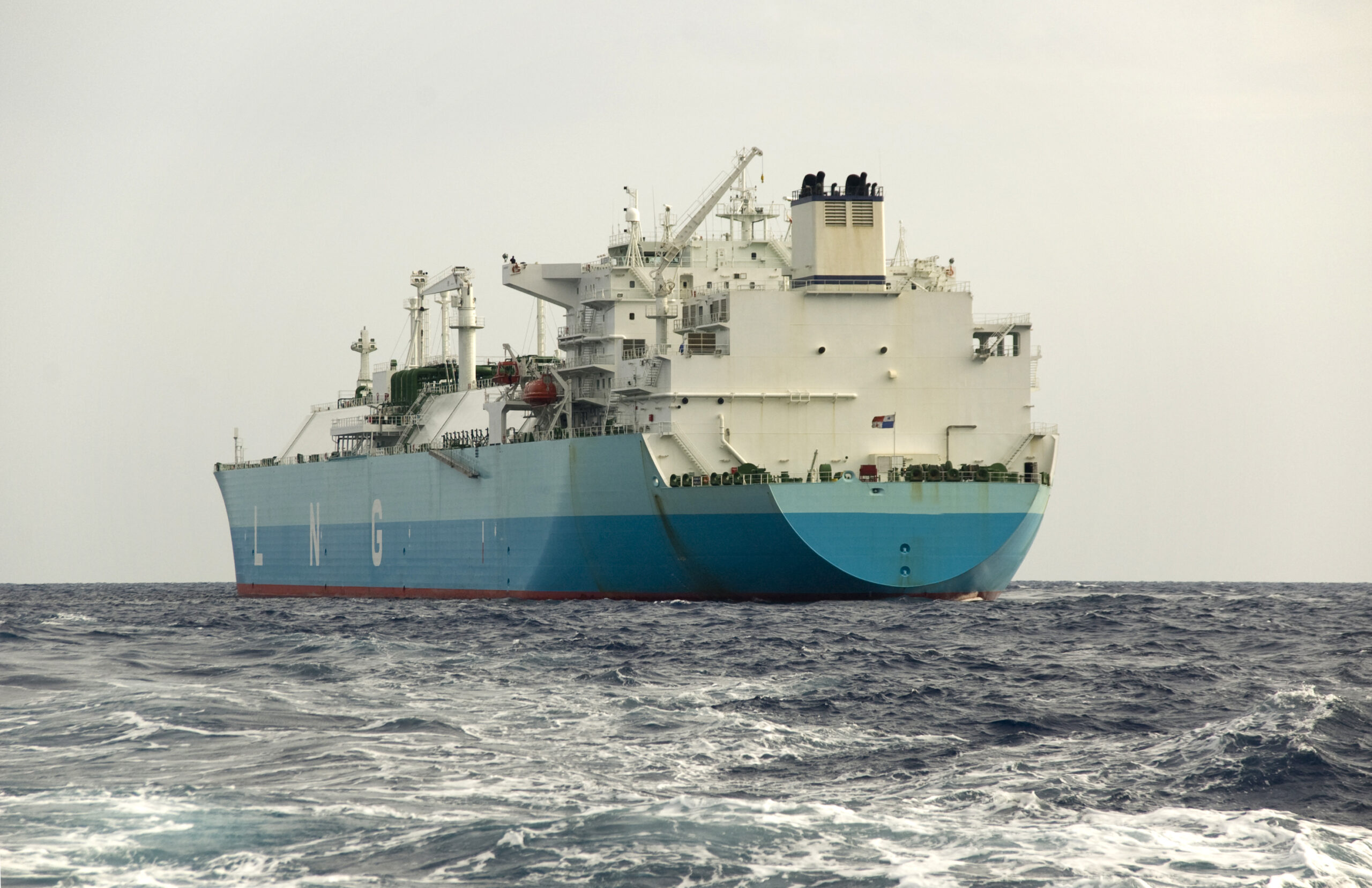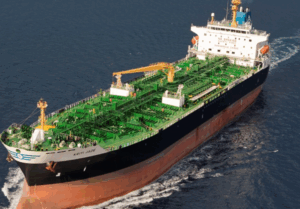Industry coalition SEA-LNG in its annual ‘View from the Bridge’ report for 2024 reveals a significant surge in the global market adoption and growth of LNG as a marine fuel. The number of LNG-fuelled vessels in operation grew by an impressive 33%, reaching 638 vessels worldwide.
This expansion is expected to continue, with over 1,200 LNG-fuelled vessels projected to be operational by the end of 2028.
In 2024, LNG dual-fuelled vessels accounted for 70% of alternative-fuelled tonnage ordered, excluding LNG carriers, a significant rise from 43% in 2023.
LNG bunker fuel availability continues to grow beyond the traditional bunkering hubs.
Currently, LNG bunkers are available in some 198 ports around the world, with bunkering facilities planned for a further 78 ports. There are now more than 60 LNG bunkering vessels in operation in Europe, North America, Brazil, China, Singapore, Malaysia, Dubai, Japan and Korea with numbers having increased by 22% over the past year.
The report also highlights that liquefied biomethane (otherwise referred to as LBM, or bio-LNG) is the next step along the LNG pathway to decarbonisation. SEA-LNG members are prepared to offer biomethane bunkers in some 70 ports globally, the report says, with multiple bunkering operations already taking place.
SEA-LNG’s latest report also highlights that 2024 has seen considerable progress in addressing methane slip.
Peter Keller, chairman of SEA-LNG, said: “Advances in eliminating methane slip, in combination with biomethane and e-methane, provide a clear, effective, and viable long-term pathway towards net zero emissions.
“Shipowners and operators can be confident that the vessels ordered today are future-proofed for their lifespan. With a proven track record of technical improvements to reduce methane slip and upstream emissions, coupled with tighter regulations from global and regional authorities, we continue to believe methane slip will be a non-issue by the end of this decade.”
Looking ahead, SEA-LNG predicts that the FuelEU Maritime (FEM) regulation will be a key in advancing shipping industry decarbonisation.
It is SEA-LNG’s view that the surge of investments in LNG-fuelled vessels and associated bunkering infrastructure seen in 2024 will continue.
“Yet, we do anticipate that the shipping industry is heading towards a multi-fuel future,” the report highlights.



